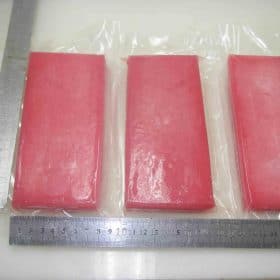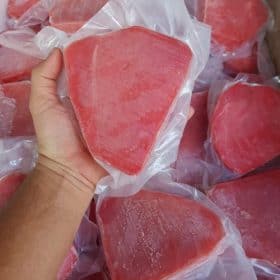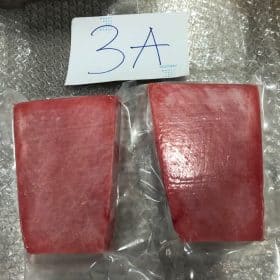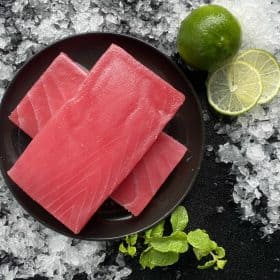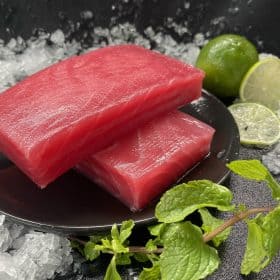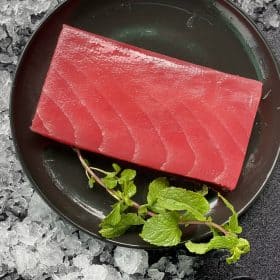Explaining Tuna Saku Specifications in the Export Seafood Market
Introduction
The global seafood market is vast and diverse, with various products meeting the demands of consumers worldwide. Among these products, tuna saku holds a special place. In this article, we will delve deep into the specifications of tuna saku in the export seafood market. Understanding these specifications is crucial for both suppliers and consumers to ensure quality and consistency.
The Basics of Tuna Saku
Before diving into the specifications, let’s grasp the basics of tuna saku. Tuna saku refers to the rectangular or square-shaped cuts of tuna loin that are commonly used in sushi and sashimi preparations. These cuts are known for their uniformity and high-quality flesh, making them highly sought after in the export market.
The Tuna Saku Specifications
H2: Appearance and Color
Tuna saku is expected to have a vibrant, deep red color. Any signs of discoloration or browning are considered undesirable. Additionally, the flesh should be free from any blemishes or dark spots, ensuring a pristine appearance.
H2: Size and Thickness
Tuna saku specifications include precise measurements for size and thickness. Typically, these cuts are around 5-7 inches in length, 2-3 inches in width, and 1-1.5 inches in thickness. Uniformity in size is a key criterion for quality.
H2: Fat Content
The fat content in tuna saku plays a significant role in its flavor and texture. High-quality saku should have a balanced fat-to-flesh ratio, providing a rich, melt-in-the-mouth experience without being overly fatty.
H2: Texture and Firmness
Tuna saku should exhibit a firm yet tender texture. It should be easy to slice thinly for sashimi while maintaining its structure. The flesh should not crumble or fall apart when handled.
H2: Smell and Freshness
Freshness is paramount in seafood, and tuna saku is no exception. It should have a clean, ocean-like smell, free from any off-putting odors. Any hint of ammonia or sourness indicates poor quality.
Why Tuna Saku Specifications Matter
H2: Quality Assurance
Tuna saku specifications serve as a quality assurance measure. Buyers can rely on these standards to ensure they receive a consistent, high-quality product every time they make a purchase.
H2: Consumer Satisfaction
For restaurants and consumers who demand top-tier sushi and sashimi, adherence to tuna saku specifications guarantees satisfaction. The uniformity and quality of these cuts enhance the dining experience.
H2: International Trade
In the export seafood market, adherence to specifications is crucial for international trade. It ensures that tuna saku meets the standards and regulations of different countries, facilitating smooth trade relations.
Frequently Asked Questions (FAQs)
Is tuna saku always served raw? Tuna saku is often served raw in sushi and sashimi, but it can also be seared or used in various cooked dishes.
How is the fat content in tuna saku determined? The fat content is determined by visually inspecting the marbling in the flesh. Higher marbling indicates a higher fat content.
Can I freeze tuna saku for later use? Yes, you can freeze tuna saku to preserve its freshness. However, it’s best enjoyed fresh when possible.
What is the shelf life of tuna saku? When properly stored in cold temperatures, tuna saku can have a shelf life of up to several months, depending on its initial freshness.
Are there specific grading systems for tuna saku? Different regions and markets may have their own grading systems, but they generally assess factors like color, texture, and fat content.
Can I find tuna saku at local seafood markets? Tuna saku is more commonly found in specialty seafood markets and restaurants, but availability may vary by location.
Conclusion
Tuna saku specifications are the backbone of quality and consistency in the export seafood market. From appearance and size to texture and freshness, these specifications ensure that consumers worldwide can enjoy the finest tuna saku in their sushi and sashimi dishes. Understanding and adhering to these standards benefits both suppliers and consumers, guaranteeing a delectable and satisfying seafood experience.

